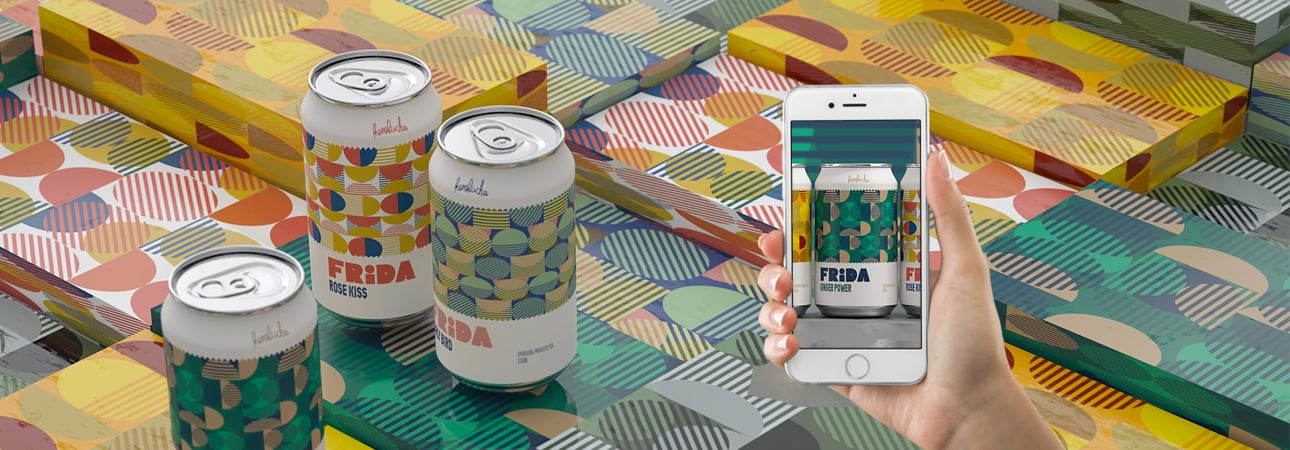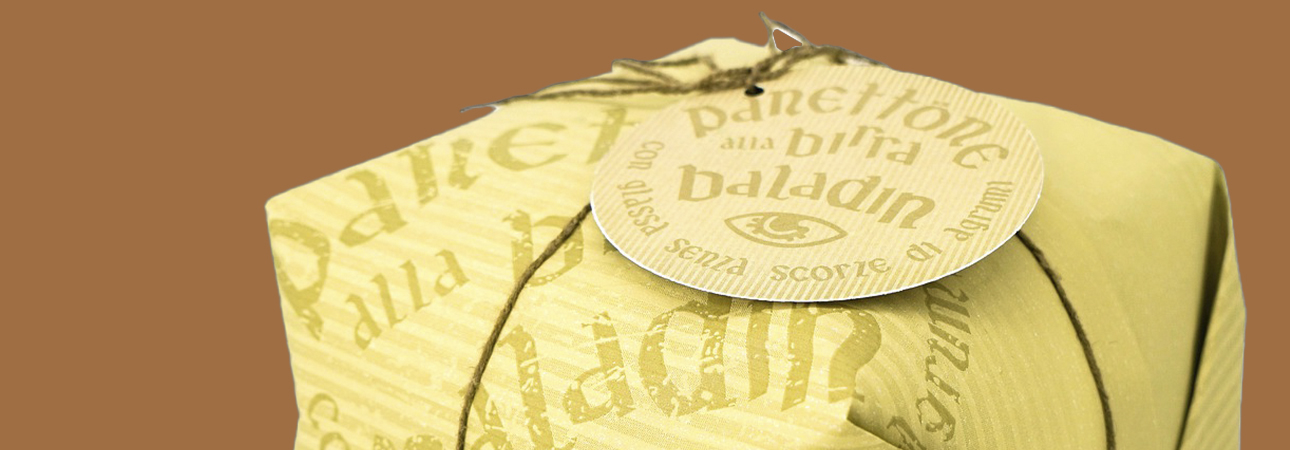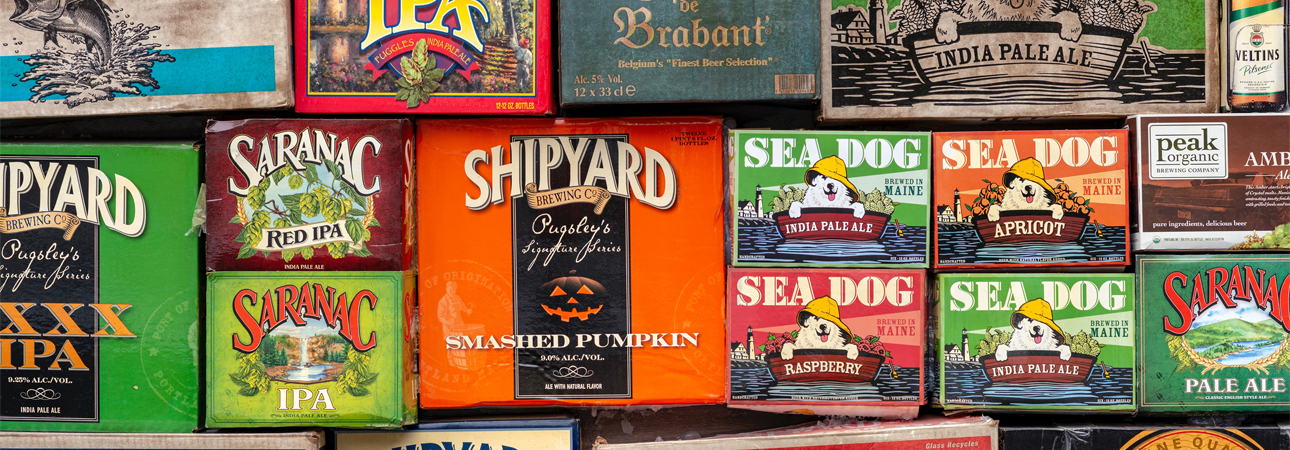Did you like the article? Share it!
Interactive Packaging: involving the consumer

The first impression of a packaging can make the difference between success and failure of a product. Today more than ever it is necessary to stand out. Packaging design plays a key role. It is the first point of contact between the consumer and a brand and therefore represents a crucial moment in the choice of the user.
A creative and attractive packaging solution contributes significantly to increase the value of a product and in many cases it is what captures the consumer’s attention and leads him to conclude the sales process.
Today a nice packaging is not enough. Now, the consumer is looking for an user experience; he needs and he wants to be involved. He is looking for something different and more stimulating that can make him feel involved even emotionally. This is where interactive packaging comes in, which is an interesting way of offering this kind of experience to the consumer.
What is interactive packaging?
Interactive packaging is designed to excite and engage consumers. User’s curiosity is stimulated and it goes to create a kind of emotional connection between the consumer and the product that is expressed in the ability to "entertain" the customer and invite him to interact actively with the packaging.
When we talk about interactive packaging we mainly refer to two types of products: packagings that require physical or mental interaction by the use, or packagings that provide interactive information about the product being sold (e.g. smart labels).
With his actions the consumer becomes the protagonist of the experience of opening or using interactive packaging, before the product. It is precisely this "interaction" to make memorable his "encounter" with the packaging and the brand.
We have identified different types of interactive packaging. The customer has to interact actively with each of these. Each is different for characteristics and purposes. Let’s see together what they are!
We have identified different types of interactive packaging. The customer has to interact actively with each of these. Each is different for characteristics and purposes. Let’s see together what they are!
#1. Inclusive Packaging
With the term “inclusive packaging” we refer to all packaging designed for people with disabilities, whose goal is to make the product more accessible. In this, we can see packaging designed for blind people. The embossed printing allows people to easily distinguish the product, even for who are not able to see. We can define it as an interactive packaging because it requires the involvement of the consumer. Through touch he is able to collect the information he needs. This type of packaging is called "braille labels".
#2. Augmented Reality in Packaging
Another type of interactive packaging is represented by all those packages that use Augmented Reality to engage the consumer in a direct experience. Thanks to it, packaging comes to life and becomes interactive. They can turn into game elements or provide useful information about product, making them more accessible.
Pepsi and DC Comics have assembled a collection of cans featuring Justice League characters. By unlocking the pixel graphics on the can, with the use of a smartphone, the customer is offered an engaging consumer experience by revealing the hidden superheroes who can fight with other people.
#3. Packaging and Storytelling
Interactive packaging that literally "tells a story". It involves the user and makes him a protagonist: it establishes a relationship with him in which the history and uniqueness of the product are highlighted and lead the consumer to choose that particular brand.
The tools to tell a story in an interactive packaging like this are of two types: visual and verbal. There are some concepts that can be effectively expressed through images, shapes and colours, while others must necessarily be described through words.
#4. Multi-sensory Packaging
Interactive packaging offers its consumer a multi-sensory experience through touch, smell rather than hearing and sight. We are used to observing the packaging of the products and not touching them, smelling them and even less listening to them. Still, this type of interactive packaging leads the customer to do so and to be fully involved during their shopping experience. I'm talking about boxes designed to make sounds or products whose label smells like what they contain.
#5. Reusable Packaging
Another type of interactive packaging includes all those packages designed for a second use, which are not limited to containing and presenting the product, but which are transformed into something else. But, again, the consumer's intervention is required, who is therefore led to interact with the packaging.
There are so many examples of this type of interactive packaging on the market. Furthermore, it represents an excellent solution in terms of sustainability, as once the package is opened, we are not inclined to throw it away. Still, we are encouraged to continue using it.
There are so many examples of this type of interactive packaging on the market. Furthermore, it represents an excellent solution in terms of sustainability, as once the package is opened, we are not inclined to throw it away. Still, we are encouraged to continue using it.
Stimulating and entertaining the consumer with a personalized experience represents an extra gear to lead him to buy the product, especially in a market where the user is increasingly looking for new and unexpected stimuli. Many brands are pushing in this direction to produce interactive packaging capable of conquering the consumer.
I hope you enjoyed this article! If you are interested in other curiosities about the world of packaging, here are other exciting ideas on the subject!
If you are interested in the topic and want to know more, here you can find our video about it.
👍SUBSCRIBE to our Youtube channel and join the Labelado community to be constantly updated on the world of packaging!
Next





